


Building habits with long-term satisfaction in mind means resisting the urge for immediate gratification and instead making decisions that align with your future self's best interests. Behavioral psychologists often highlight the concept of "future regret," where short-term actions—like skipping exercise or making impulsive purchases—can cause frustration and setbacks down the line. Recognizing these patterns starts with honest self-reflection. Schedule regular check-ins to assess which routines serve you well and which tend to result in frustration or the need for "damage control" later. For example, many professionals report that prioritizing sleep and maintaining boundaries around work hours pays dividends in overall productivity and well-being, even if it means saying no to late-night emails or extra projects in the short term.
Real-life data from habit-tracking apps such as Habitica and Streaks shows that users who focus on consistency and incremental improvement—rather than perfection—are more likely to sustain positive behavior changes for months or even years. Experts like James Clear, author of "Atomic Habits," emphasize the importance of making small, repeatable choices that compound over time. A strategy as simple as preparing healthy snacks or setting a daily "shutdown" alarm can significantly reduce the likelihood of decisions you'll regret tomorrow, like late-night snacking or endless doomscrolling.
It also helps to define your core values and use them as a decision-making filter. If learning is a priority, for instance, you might set aside 20 minutes for reading each day instead of binging another episode on Netflix. When faced with tempting shortcuts, pause and ask whether this action supports your longer-term goals—or if it will create extra work or emotional discomfort later. Consider journaling or talking with a trusted accountability partner to clarify your intentions and spot emerging patterns. Over time, this self-awareness makes it easier to choose actions today that you’ll be proud of tomorrow, reducing the temptation to backtrack or "undo" rash decisions. Ultimately, the key to habit success is not just willpower, but designing your environment and routines so that the "right" choice is also the easiest one. These intentional choices, guided by your values and supported by data, help transform fleeting motivation into lasting personal growth.
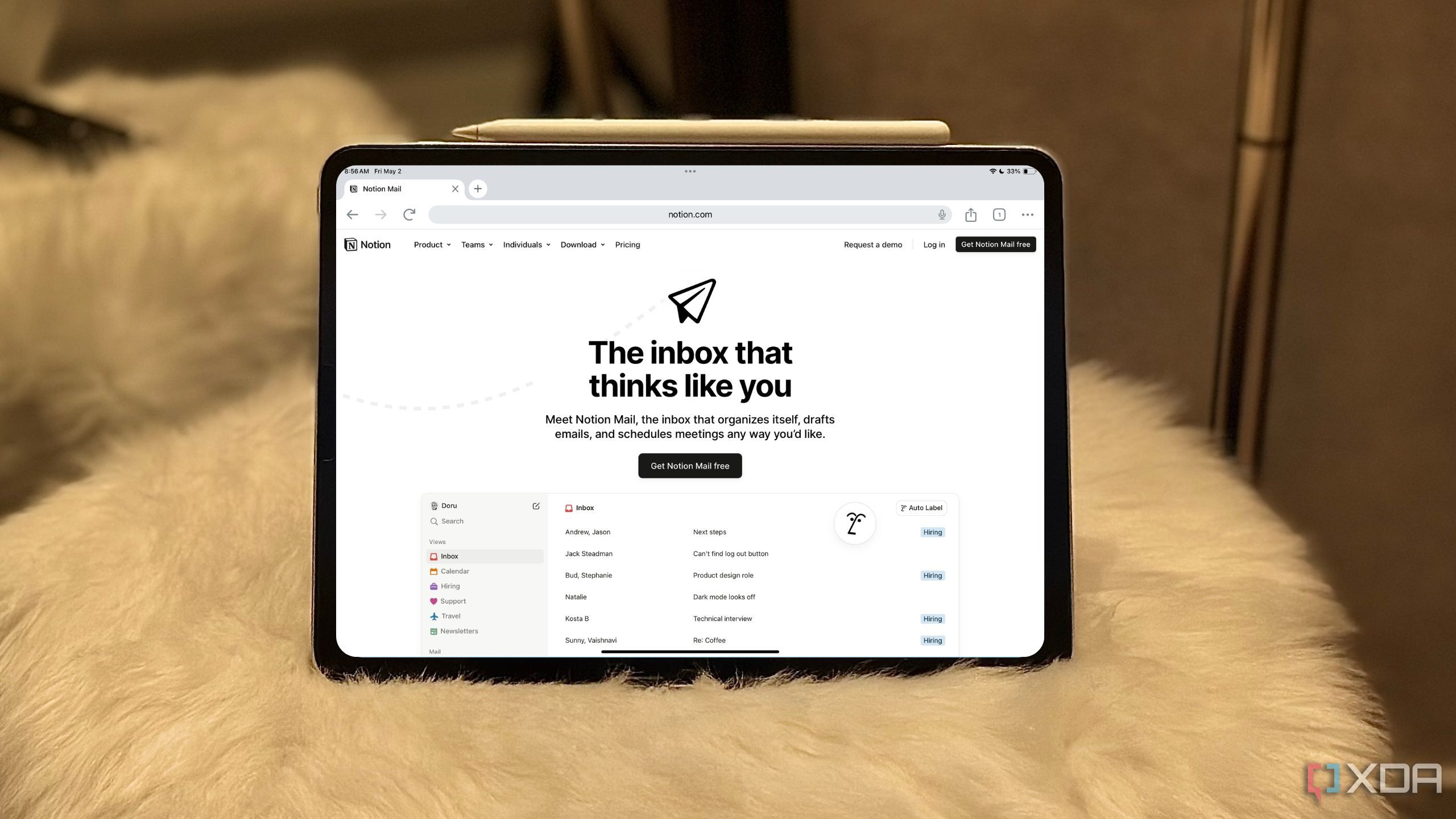
The shift from Gmail to Notion Mail is not simply about replacing one inbox with another; it’s a transformation of how digital work gets done and how information flows throughout the day. In a traditional workflow, email, to-do lists, and project notes are often scattered across different applications, making it easy for important tasks to slip through the cracks or for context to be lost. Notion Mail reimagines this by unifying correspondence, task management, and documentation in a single, highly customizable ecosystem. Imagine being able to turn any email into a to-do item, reference relevant project documents directly beside your inbox, and even collaborate with colleagues within the same workspace—without ever toggling to a different app.
For knowledge workers, the time savings are real and significant. According to a 2024 survey by Zapier, the average professional switches between apps over 1,100 times per day, costing an estimated 5 hours of lost productivity each week. Notion’s integration of mail into its all-in-one platform helps reduce this friction. For example, when a client sends specifications or feedback, you can instantly link their message to an active project page, create actionable checklists, and assign responsibilities to your team members. Over time, this kind of workflow consolidation leads to improved accountability, fewer missed details, and an overall boost in project velocity.
Adoption does come with challenges. The initial learning curve is steeper than with more conventional email clients—users must get used to Notion’s block-based structure and explore how to leverage databases, templates, and automation. However, the payoff is a digital workspace that evolves with your needs. Freelancers, tech startups, and even educators are already sharing stories on platforms like Reddit and Product Hunt about how Notion Mail has reduced app fatigue and made collaboration more seamless. One marketing agency reported cutting client onboarding time in half after moving their communication threads directly inside shared Notion workspaces. For those tired of digital chaos and information silos, embracing Notion Mail can be a game-changer—redefining not just how you handle email, but how you organize your working life as a whole.
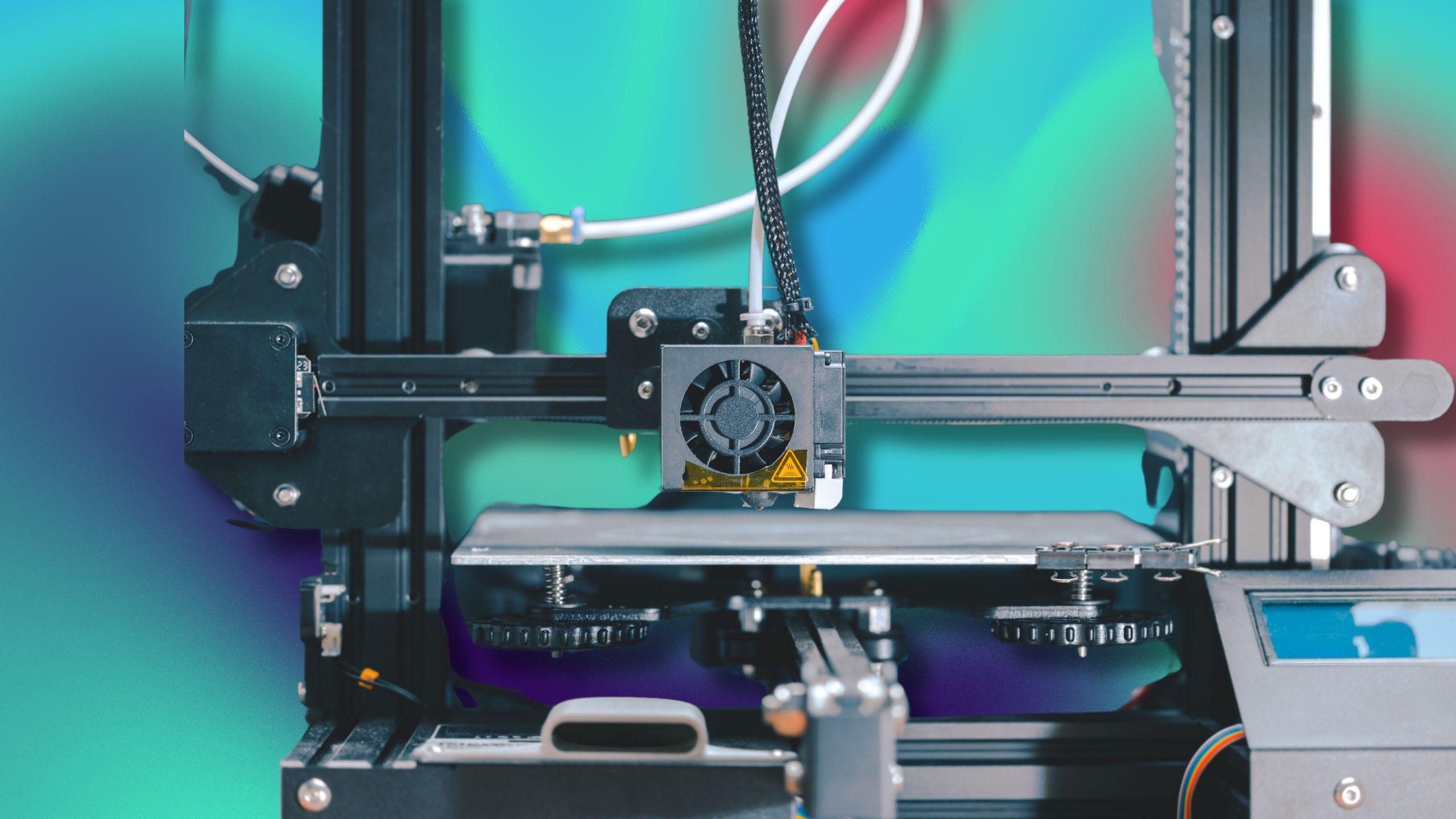
In the age of remote work and digital clutter, optimizing your workspace for focus is more vital than ever—and custom 3D-printed mounting solutions have emerged as a surprising secret weapon. Thanks to affordable 3D printers and vast online libraries like Thingiverse, anyone can design and create bespoke organizers tailored precisely to their needs. Cable wranglers, monitor risers, headphone hooks, under-desk trays, and multi-device charging docks are just a few examples of 3D-printed mounts that can instantly transform even the most chaotic desk. By assigning every tool and gadget a dedicated, perfectly sized spot, these solutions eliminate the micro-distractions caused by searching for misplaced items or untangling cords during deep work sessions.
Real-world desk setups on Reddit’s r/battlestations and productivity blogs now routinely feature 3D-printed add-ons that would be almost impossible to find in stores. For example, a web designer recently shared how a custom-printed clamp for their audio interface not only freed up precious desk space but also improved sound quality by isolating vibrations. Tech startups are known to print modular pegboard systems that employees can personalize with hooks, pen holders, and phone stands. The creative freedom of 3D printing means you’re not limited to standard dimensions or bland design—your mounts can fit that awkward corner, match your décor, or snap together magnetically to reconfigure as needs change.
This DIY approach is about more than aesthetics; it directly impacts productivity and mental well-being. Experts in workplace psychology suggest that a tidy, personalized environment leads to higher satisfaction and less cognitive overload. By reducing visual clutter and smoothing out daily workflows, you can enter a state of "flow" more easily. Plus, building your own desk accessories can spark a sense of ownership and pride—some users even sell their favorite designs online, contributing to a growing maker community. Ultimately, 3D-printed mounting solutions offer a blend of creativity, technology, and practical impact, helping anyone turn their workspace into a custom-fit engine for focus and efficiency.
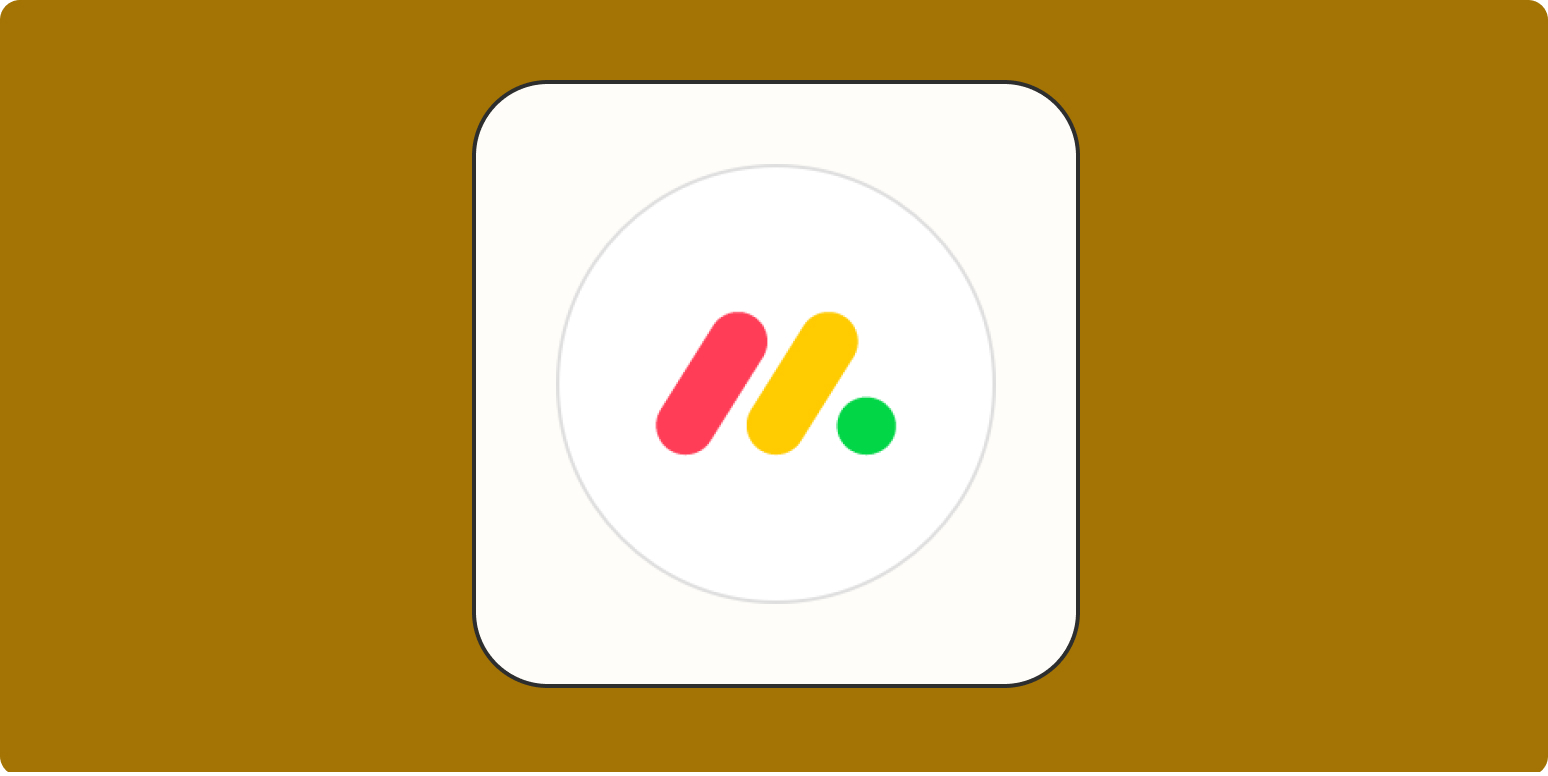
monday.com is a leading project management and work operating system designed to help teams of all sizes streamline their processes, increase transparency, and deliver results more efficiently. What sets monday.com apart is its emphasis on visual, customizable workflows that adapt to the distinct needs of every team, whether you’re running marketing campaigns, product development sprints, or HR onboarding. Instead of rigid task lists, you can create boards in a Kanban, timeline, or calendar format, adjusting columns and automations to fit your workflow. For example, a marketing team might use color-coded boards to track the status of campaigns, while a product team manages feature development using Gantt charts for precise deadline tracking.
Centralizing communication is a core strength. monday.com eliminates the fragmented conversations and confusion often caused by multiple apps, emails, and spreadsheets. Team members can comment directly on items, attach relevant documents, and set up automatic notifications for task updates—ensuring that everyone is always on the same page. This level of transparency brings measurable benefits: a 2024 Forrester report found that organizations using integrated project management tools like monday.com saw a 20% reduction in project delays and a significant decrease in redundant work.
The platform also integrates with popular tools such as Slack, Google Drive, Zoom, and hundreds more, allowing data and updates to flow seamlessly across your digital ecosystem. Robust automation features save time by triggering follow-ups, progress updates, or status changes based on preset conditions. For instance, a sales manager might automate reminders for contract renewals or set notifications when deals move to a new stage in the pipeline. monday.com’s versatility makes it a favorite among fast-scaling startups, but it also caters to large enterprises seeking to standardize workflows company-wide. As remote and hybrid work become the norm, having a reliable, visual "source of truth" is invaluable—and monday.com continues to evolve, adding features powered by AI to help teams work smarter, not harder.
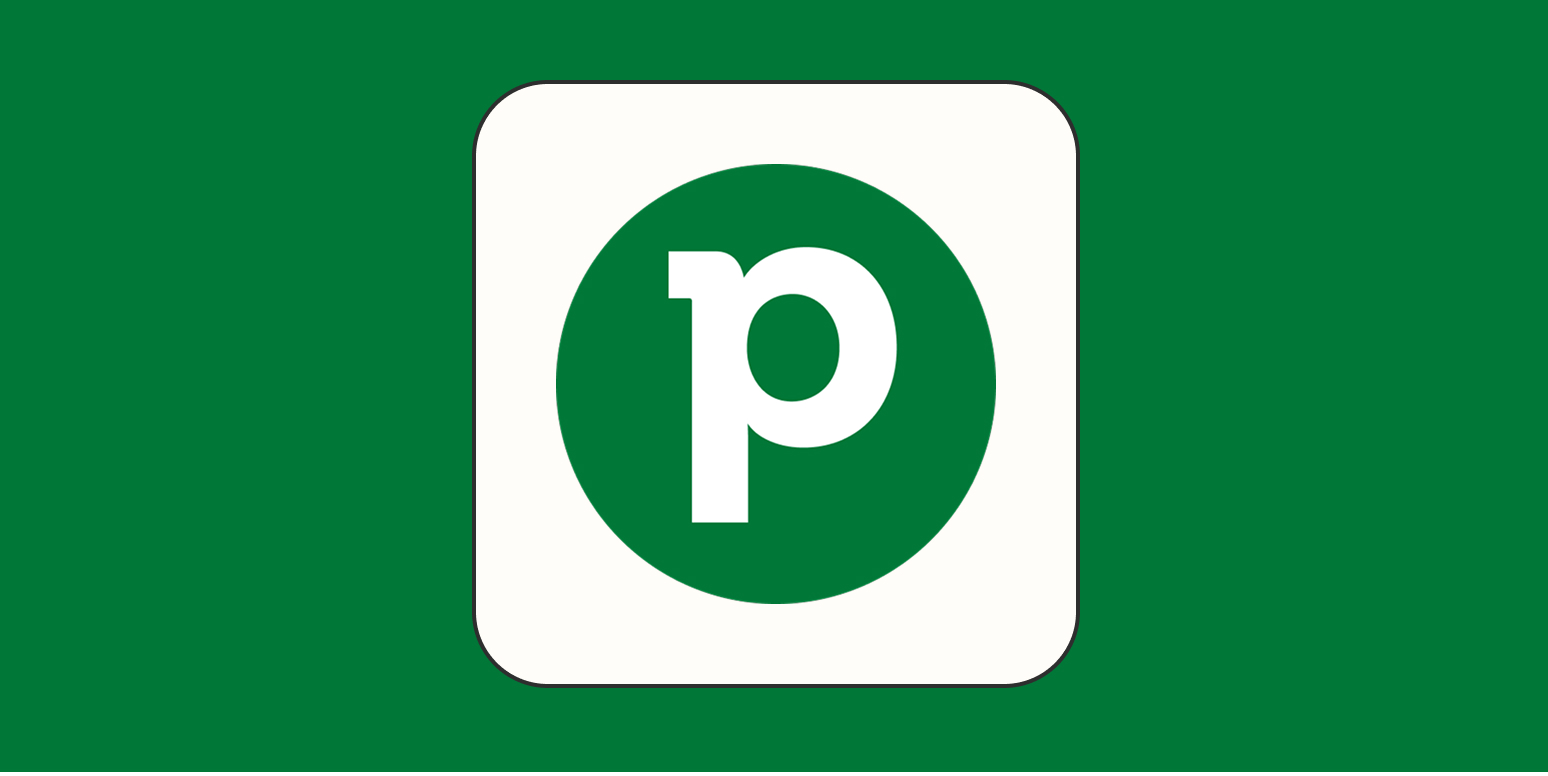
Pipedrive has become a go-to CRM platform for growing sales teams, thanks largely to its robust automation features designed to eliminate repetitive work and accelerate the sales cycle. Automating routine tasks such as lead assignments, follow-up reminders, and status updates ensures that every sales opportunity receives timely attention. For example, you can set up automatic email sequences that nurture leads after an initial inquiry, or trigger a notification to a rep whenever a high-value prospect enters a particular deal stage. These workflows help prevent leads from slipping through the cracks, keeping pipelines moving efficiently even during busy periods.
Real-world data shows the impact: According to Pipedrive’s 2024 Benchmark Survey, sales teams leveraging automation close deals up to 25% faster than those relying solely on manual processes. Smart workflow automations also minimize data entry by syncing information from forms or integrations, freeing up team members to focus on building relationships, customizing pitches, and negotiating contracts. For instance, automating the transfer of website signups into the CRM, tagging them by interest area, and assigning them to specific reps based on criteria like region or product can shave hours off your week.
But automation isn’t just about speed—it’s about insight. Pipedrive’s analytics tools provide real-time visibility into funnel performance, flagging bottlenecks or stages where deals tend to stall. Automated reporting dashboards make it easy for managers to spot trends, coach their teams, and adjust strategies accordingly. Many organizations adopt a “test-and-optimize” approach, using workflow automations to experiment with outreach timing, messaging, and follow-up intervals. Over time, this data-first mindset fuels continuous improvement, higher win rates, and a culture of accountability. Ultimately, the key to Pipedrive automation success lies in starting small—identifying the top two or three repetitive sales activities that can be systematized—and then expanding your automations as your team grows more comfortable. With each workflow you build, you get back precious time to focus on what really matters: closing more deals and building enduring customer relationships.
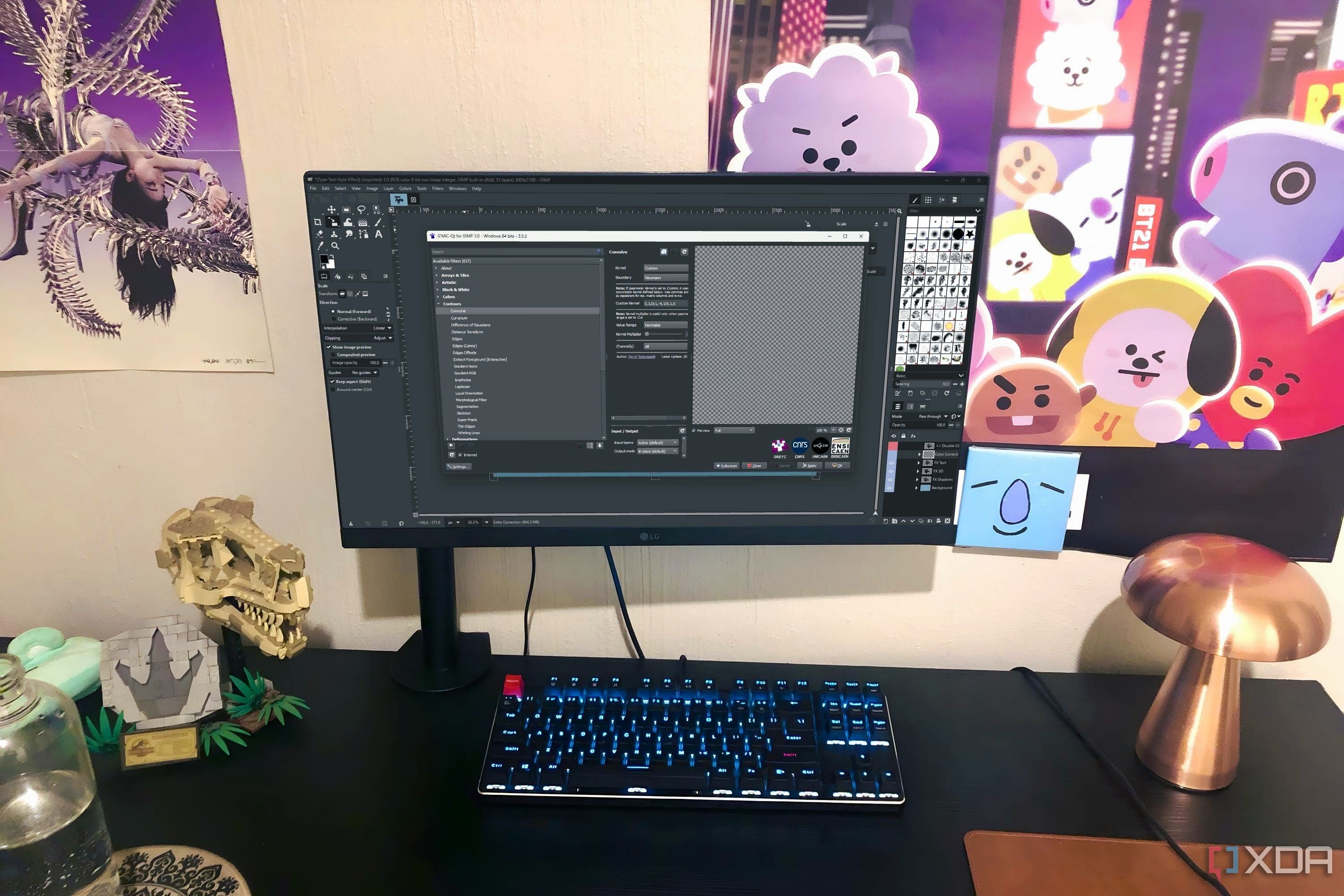
The prospect of canceling Adobe subscriptions can be daunting for any creative professional, given Adobe's status as the industry standard for everything from photo editing to vector design and video production. Yet, the landscape of creative tools has transformed over the past few years, with a flourishing ecosystem of open-source and affordable alternatives. Apps like GIMP now rival Photoshop for retouching and advanced editing, with plug-ins like G’MIC bringing powerful, non-destructive enhancements. Inkscape matches Illustrator’s capabilities for most everyday vector design needs, supporting SVG and PDF formats critical for web and print projects. For layout, Scribus delivers professional-quality publishing tools, while DaVinci Resolve—though not open-source—offers a fully-featured free version for video editing and color grading that has gained broad adoption even among pros.
Cost savings are the most obvious benefit. Many freelancers report cutting hundreds of dollars each year from their expenses by switching to open-source apps—funds that can instead be reinvested in hardware or training. But control and flexibility are equally important. Unlike subscription-bound Adobe files, open-source projects allow for unrestricted file access and portability, making it easier to collaborate and share with clients or team members who might use different tools. The user interfaces of these alternatives can feel unfamiliar at first, requiring some upfront learning, but a wealth of community-generated tutorials, documentation, and forums helps new users get up to speed quickly.
Users also cite increased innovation as a result of breaking out of the "Adobe mindset." Open-source communities rapidly release updates and incorporate user feedback, leading to unique features or workflows tailored to niche needs. For example, GIMP’s scriptability has enabled automation tools for batch processing, while Inkscape’s extension system brings creative effects and interoperability. Some creative professionals, such as those working in digital illustration or animation, now blend specialized apps like Krita, Blender, and Affinity Designer into their toolkit for even greater capability without the lock-in. In summary, moving beyond Adobe is no longer a compromise; it’s an opportunity to customize your workflow, reduce costs, and participate in a more open, innovative creative economy. The learning curve is worth it for those willing to experiment, and the gains in independence and creative freedom can be substantial.
